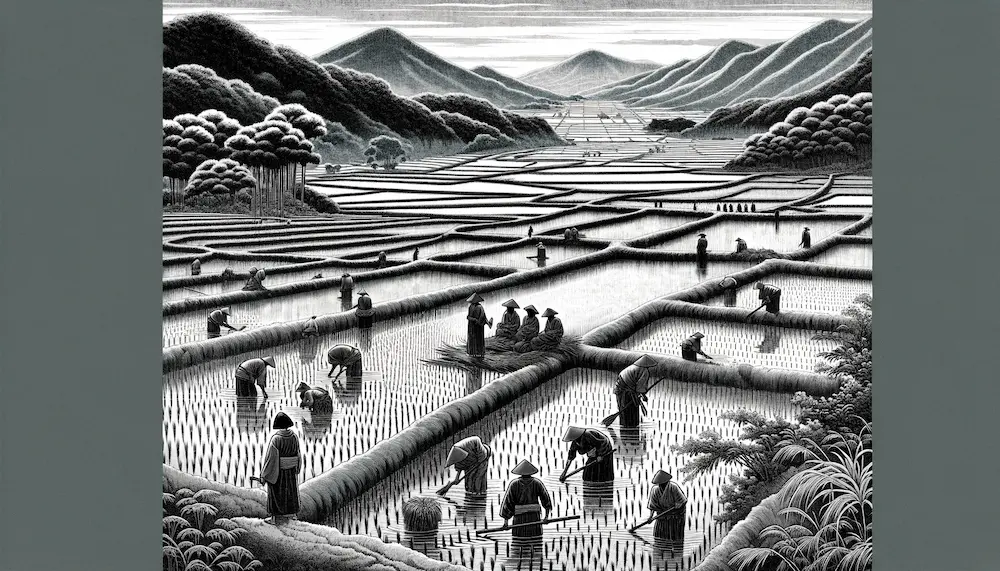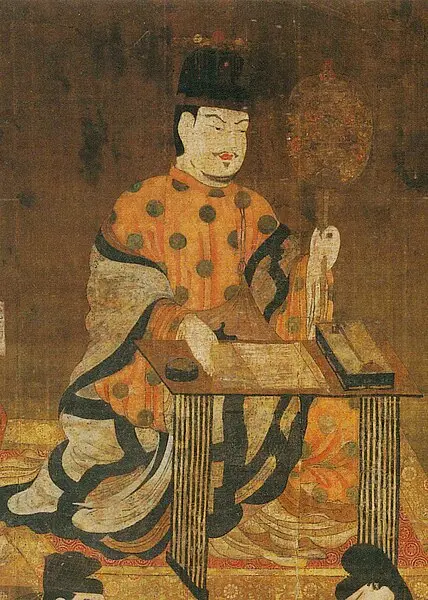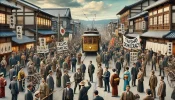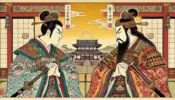Ancient Osaka: A Glimpse into Japan’s Earliest Civilization
Osaka, one of Japan’s most vibrant and modern cities, has a rich history that dates back thousands of years. This ancient city played a crucial role in the development of Japan’s early culture and civilization. By exploring the history of ancient Osaka, visitors can gain a unique insight into the origins of Japanese society and understand how this region has influenced the entire nation.
Jomon Period (14,000–300 BCE)

The Jomon period is the earliest era of Japanese history, and Osaka was home to many Jomon people. These early inhabitants were primarily hunter-gatherers, living off the land and sea. Archaeological findings in the Osaka region, such as shell mounds and pottery, provide a fascinating glimpse into their daily lives. Jomon pottery, with its distinctive cord-marked designs, is particularly notable. These early residents of Osaka laid the foundations for the region’s future cultural development.
Yayoi Period (300 BCE–300 CE)

The Yayoi period marked a significant shift in Japanese society with the introduction of rice agriculture. This period saw the transformation of Osaka from a region of hunter-gatherers to one of settled communities. The development of rice paddies brought about more complex societal structures and trade networks. Archaeological sites in Osaka, such as the Ikegami-Sone site, reveal the sophistication of Yayoi culture, including advanced pottery techniques and the use of bronze and iron tools.
Kofun Period (250–538 CE)
The Kofun period is named after the distinctive keyhole-shaped burial mounds (Kofun) that are found throughout Japan, and Osaka is home to some of the most famous of these tombs. The Mozu Tombs in Sakai are a UNESCO World Heritage Site and include the Daisenryo Kofun, believed to be the tomb of Emperor Nintoku. These massive tombs, surrounded by moats, reflect the power and influence of the ruling elite in Osaka during this period. The Kofun period also saw the consolidation of political power in the region, setting the stage for the formation of the Japanese state.
Asuka Period (538–710 CE)


During the Asuka period, Osaka became a significant political and religious center. This era saw the introduction of Buddhism to Japan, and Osaka was home to some of the earliest temples. Shitennoji Temple, founded by Prince Shotoku in 593 CE, is one of the oldest Buddhist temples in Japan and remains a symbol of the city’s historical and cultural heritage. Osaka’s role as a center of political power began to decline toward the end of this period, but its cultural influence continued to grow.
Cultural Legacy and Influence
The ancient history of Osaka has left a lasting impact on the region’s culture and traditions. Many of Osaka’s modern festivals, such as the Tenjin Matsuri, have roots in ancient rituals and practices. The preservation and study of ancient sites in Osaka, such as the Mozu Tombs and Shitennoji Temple, allow visitors to connect with the city’s rich cultural heritage. Understanding ancient Osaka is key to appreciating the depth and diversity of Japan’s cultural history.
Conclusion
Ancient Osaka offers a window into the earliest days of Japanese civilization. From the hunter-gatherers of the Jomon period to the rise of political power during the Kofun period, Osaka’s history is a tapestry of cultural and societal development. For those interested in the roots of Japanese culture, visiting Osaka’s historical sites provides a unique and enriching experience that highlights the enduring legacy of this remarkable city.








